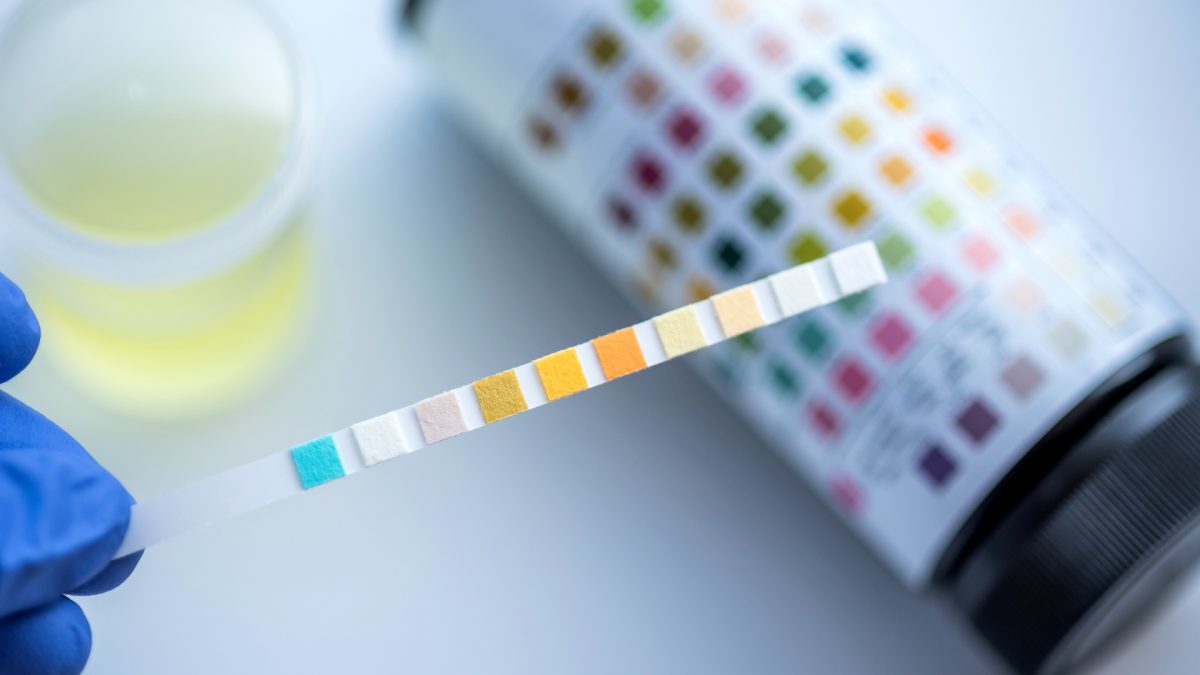Drug testing analyzes a sample of the body (typically urine) for the presence of drugs of abuse. Drugs of abuse include illegal substances and prescription medications taken for non-medical purposes.

The body metabolizes (breaks down) drugs at different rates, so the timeframe for detection can vary. Some cut-offs and thresholds ensure that things like passive secondhand inhalation of marijuana or poppy seeds do not trigger a positive test result.
Screening.
It’s important to understand the details about drug testing, which involves analyzing a biological sample to detect the presence of legal or illegal drugs. These samples can be taken from urine, hair, or saliva and are analyzed using laboratory methods.
Urine tests are the most common type of drug test used in the workplace, making up 95% of employment drug screenings. They can be used for pre-employment screening, post-accident drug testing, and to monitor current employees as part of a periodic drug testing program. Urine tests can screen for five categories of drugs: amphetamines, cocaine and metabolites, marijuana, opiates, and phencyclidine. Employers may also include additional panels for barbiturates, benzodiazepines, ethanol (alcohol), methadone, propoxyphene, and methaqualone.
A sample is sent to a lab for screening, including chromatography and mass spectrometry. Specimens are typically collected at a laboratory, an employer’s worksite, or home, and certified lab technicians interpret the results.
The accuracy of a drug test depends on the method of testing and the substances being tested for. For example, some legal prescription drugs, such as Depronil or ibuprofen, can cause a false positive result on a standard test for amphetamines, and some over-the-counter pain medications like poppy seeds can lead to a false positive for heroin. These errors are important to understand because they can have significant consequences for people who receive a false-positive result.
Reporting.
Drug tests are administered at laboratories certified to meet strict mandatory standards. The lab will then send the sample to the medical review officer (MRO). The MRO evaluates the test result, looking at both the overall test and the specific drug results for that particular specimen. This is a crucial step because some drugs have very low cut-off levels, which means that any trace amounts of those drugs in the sample can cause a positive test result. The MRO also checks whether the specimen was collected properly and followed the proper chain of custody protocol.
The MRO will then report the results to your company. This is when you and your employees consider the test results, which can result in disciplinary action if a positive test is found. However, the MRO can also decide whether there is a justifiable medical reason for the positive result or if the sample was adulterated or substituted.
While employers can legally impose a drug testing policy on their employees, your policies mustn’t discriminate against any protected classes, including race or gender. You must also be sure that your policy does not target any medication. Certain prescription drugs can cause a false positive on drug screenings, so you must require your employees to bring lists of all medications when they go for their drug screens.
Confirmation.
If the initial drug test results are positive, it must be confirmed with a more specific type of drug testing. This is known as confirmation or definitive testing and is often required by law or company policy. This test uses different equipment and is conducted by an independent laboratory to reduce the chances of false-positive results. This process can add days or even a week to the total turnaround time for a drug test. To cut costs, some companies or organizations have chosen not to send all non-negative results to the lab for confirmation testing. This is not a good practice, and it can lead to legal issues because they cannot provide legally defensible test results. Confirmation testing also helps eliminate the possibility of misinterpreting the initial result. For example, over-the-counter cold medications or a food item like poppy seeds can cause a drug test to show opiates on a screen because the specimen contains codeine metabolites.
This kind of mistake can be very costly in the workplace and is not worth the risk. The confirmatory test will detect a specific drug or metabolite and can report either a qualitative result (above a certain threshold) or an actual concentration. The LC/MS/MS or GC/MS instrumentation used in the confirmation process is much more specific and sensitive than the screening test, so it can detect lower levels of the drug being tested for.
Determination.
When a test result returns positive, the sample is sent to a lab to be confirmed by an experienced Medical Review Officer. This person is a licensed physician with specialized training in interpreting drug test results. The MRO reviews the sample, the worker’s medical history, and interview notes to determine whether a drug or substance was used within the detection window.
Employers can use this information to decide an employee’s future with the company. They can rescind the job offer or allow the employee to return to work with an agreed-upon treatment plan.
Many states have laws that govern how companies administer their drug testing programs. These laws usually require that employers have a written drug-testing policy, disclose the policy to all candidates and employees, describe which substances the program tests for, and state how they will handle refusals to submit to a test. Some states also require confirmation testing, laboratory certification, and the confidentiality of test results.
Despite these drawbacks, drug tests are useful tools for screening employees who may pose safety risks in the workplace. Ultimately, however, they do not address the root cause of drug abuse and addiction. That is why companies need to support their workers who struggle with mental health and substance abuse by offering employee assistance programs (EAPs) that provide counseling and referrals to help employees overcome their issues.
Leave a Reply